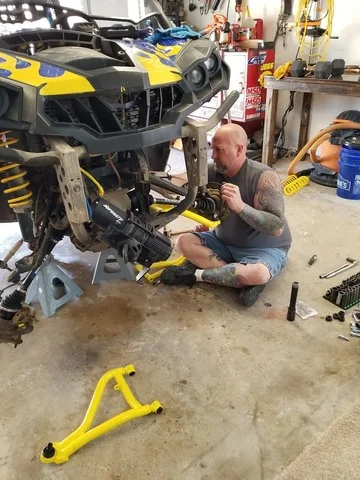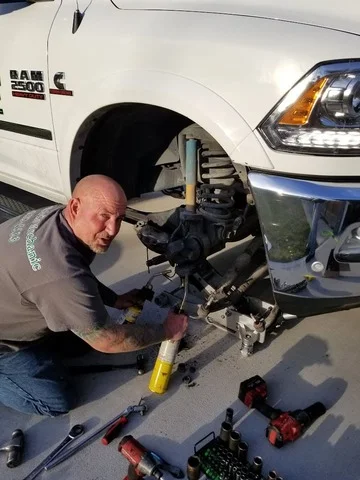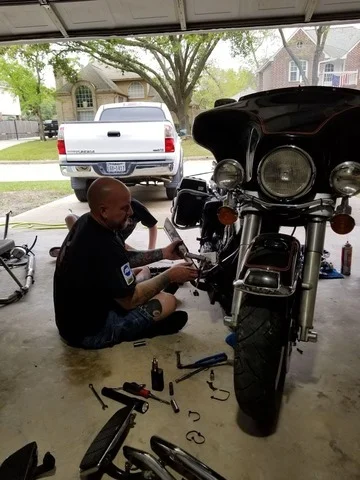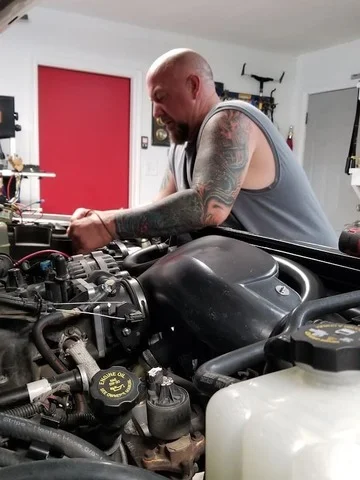Brakes
Automotive brakes are a critical part of a vehicle's safety system. Their primary function is to slow down or stop the vehicle by converting kinetic energy (the energy of motion) into heat energy. This is accomplished through the use of friction, which is generated when the brake pads or shoes press against a rotating disc or drum attached to the wheels.
Most modern vehicles use hydraulic brakes, which use a liquid called brake fluid to transfer force from the brake pedal to the brakes themselves. When the driver presses the brake pedal, a piston inside the brake master cylinder pushes brake fluid through a system of brake lines and hoses to the brake calipers or wheel cylinders. The calipers or wheel cylinders then squeeze the brake pads or shoes against the rotors or drums, creating friction that slows down or stops the vehicle.
Brake components can wear out over time and require maintenance or replacement. Common signs of brake wear include squeaking or grinding noises, reduced stopping power, and a soft or spongy brake pedal. Regular brake inspections and maintenance can help to ensure that the brakes are operating properly and safely.
Modern vehicles may also feature advanced brake systems, such as anti-lock brakes (ABS), which prevent the wheels from locking up and skidding during hard braking. Other safety features, such as electronic stability control (ESC), can also depend on the proper operation of the brakes to function effectively.
Properly functioning brakes are critical to safe driving and should be checked regularly. A skilled mechanic or brake technician can perform brake inspections and recommend maintenance or repairs as needed.






